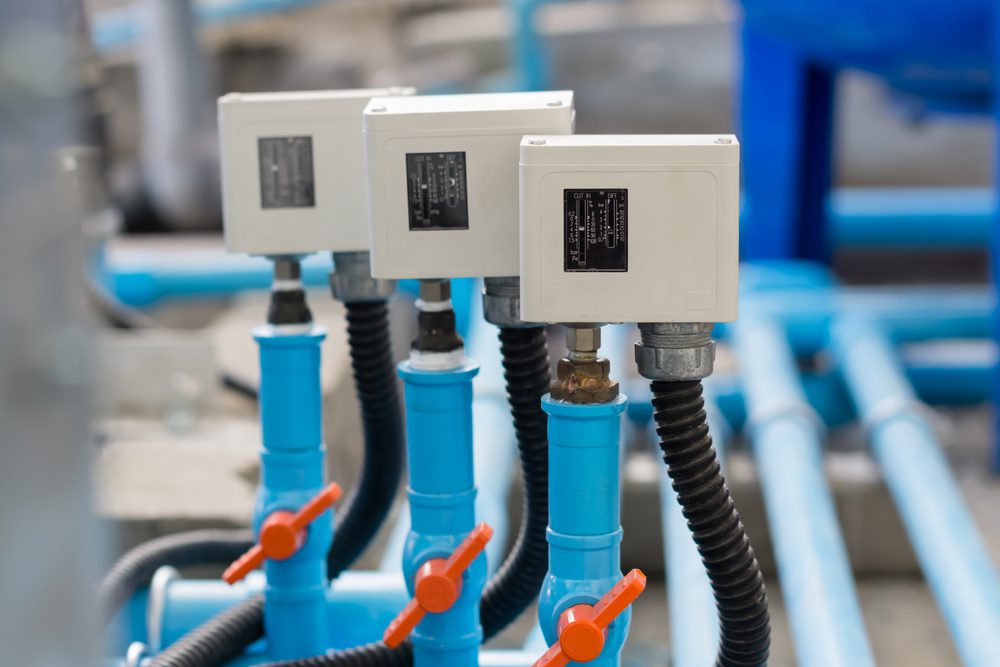
Hysteresis in a differential pressure switch is a valuable feature because it prevents the switch from constantly toggling on and off around the set point, which could occur due to minor fluctuations in pressure that are normal in most systems. Here’s a breakdown of what this means and why it’s beneficial.
Constant Oscillation or Cycling
- Problem: Without hysteresis, a differential pressure switch might rapidly switch back and forth (oscillate) between on and off states if the pressure around the set point fluctuates slightly. This can happen in systems where pressure naturally varies within a small range due to operational conditions, like pumps starting or stopping, changes in fluid velocity, or minor system disturbances.
- Consequence: Constant switching can lead to wear and tear on the switch and connected equipment, reduce the lifespan of the system, and cause unnecessary energy consumption or system instability.
Mechanical Filter
- Hysteresis as a Solution: Hysteresis introduces a “deadband” or a range of pressure values around the set point where the switch will not change its state. This deadband acts like a mechanical filter that ignores minor fluctuations in pressure that don’t indicate a significant or actionable change in system conditions.
- How It Works: If the set point for activation is reached, the pressure must drop below a lower threshold (not just below the original set point) before the switch turns off again. Conversely, if the pressure falls below the set point and the switch turns off, it won’t turn back on until the pressure rises above a higher threshold. This ensures that the switch only activates or deactivates when a meaningful change in pressure occurs.
Benefits
- Reduced Wear and Tear: By preventing constant switching, hysteresis extends the life of the differential pressure switch and any connected machinery or control systems.
- Improved System Stability: It avoids unnecessary interruptions or adjustments to the process or system being monitored, leading to more stable and efficient operation.
- Energy Efficiency: Preventing frequent toggling of the switch or connected systems can lead to energy savings and reduced operational costs.
Mid-West Instrument
In summary, hysteresis in a differential pressure switch is a design feature that introduces a deliberate delay in the switch’s response to pressure changes, effectively filtering out minor fluctuations and preventing the switch from reacting to insignificant or transient events. This ensures more reliable and stable system performance, reducing the likelihood of equipment damage and enhancing overall operational efficiency.
For over 60 years, Mid-West Instrument has been a leading provider of premium differential pressure gauges. Need help finding the right pressure gauge and equipment for your business? Reach out to us today to speak with one of our experienced professionals.

